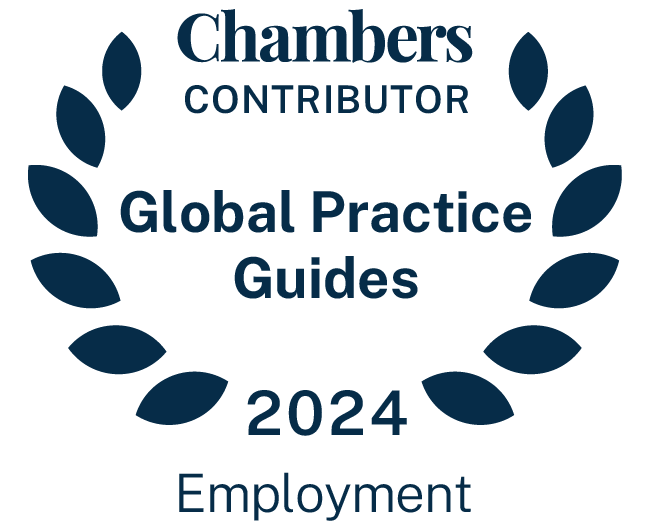More Employees in Quarantine? CDC Expands Definition of “Close Contact” with an Individual with COVID-19
In revising its definition of who is considered to be in “close contact” with a person infected with COVID-19, the Centers for Disease Control and Prevention (CDC) significantly expanded the universe of individuals who might be required to self-isolate. This has an impact on whether exposed employees will be able to report to the workplace.
As employers likely know, the CDC has recommended that individuals should quarantine for 14 days following “close contact” with an infected individual. (Employees in critical infrastructure industries, however, need not quarantine; they may continue to work while complying with protocols that include self-monitoring, wearing a face mask, and observing social distancing guidelines).
New Definition. Previously, the CDC had defined close contact as being within 6 feet of an infected individual for a period of 15 minutes, which was understood to be a single consecutive period. In the updated guidance, however, the CDC now defines “close contact” to be “within 6 feet of an infected person for a cumulative total of 15 minutes or more over a 24-hour period starting from 2 days before illness onset (or, for asymptomatic patients, 2 days prior to test specimen collection).” (Emphasis added). The CDC clarifies that this means shorter individual exposures are added together to reach the cumulative total.
The CDC also sets forth factors to consider when defining close contact, including: proximity (closer distance likely increases exposure risk), the duration of exposure (longer exposure time likely increases exposure risk), whether the infected individual has symptoms (the period around onset of symptoms is associated with the highest levels of viral shedding), if the infected person was likely to generate respiratory aerosols (e.g., was coughing, singing, shouting), and other environmental factors (crowding, adequacy of ventilation, whether exposure was indoors or outdoors). The CDC further makes clear that the use of a face covering is not relevant in assessing close contact.
New Challenges for Employers. This definition raises several challenges for employers. We note that application of this new definition may be difficult, as most people do not track their interactions in minimal increments. However, it is clear that many people who previously did not meet the timing aspect of the “close contact” definition will now do so. In accordance with an employer’s duty to maintain a safe workplace under OSHA’s general duty clause, such employees will be required to quarantine whenever these cumulative contacts meet the CDC definition, which means they will not be able to report to the workplace. While those employees who can perform their work remotely will be able to continue to work, those whose physical presence is required in the workplace will not.
Employers should be aware that recently-enacted State and local COVID-19 leave laws, as well as existing sick and safe leave laws, may apply to the quarantine period. More specifically, for employers covered by the Families First Coronavirus Response Act, to the extent that the employee’s health care provider recommends that they be quarantined, in accordance with these CDC guidelines, the employee would be entitled to the two-week paid sick leave allotment provided under the FFCRA, at least until the end of 2020, when the law is set to expire.







